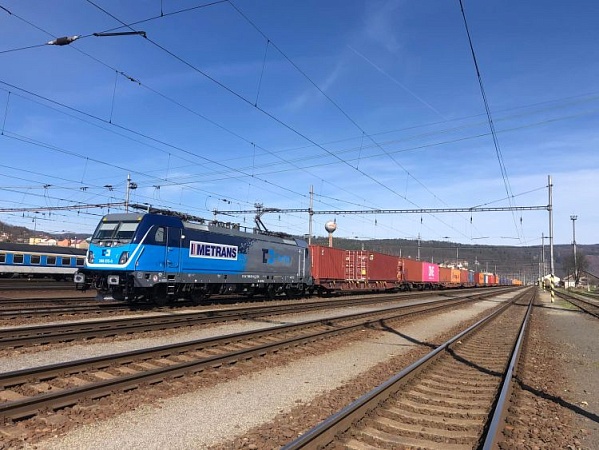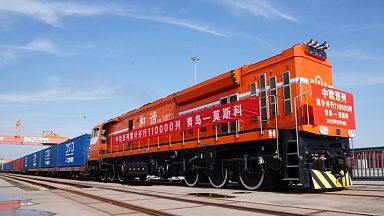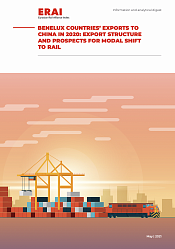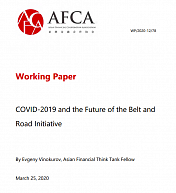Lines toward Poland and the Czech Republic remain largely non-electrified, requiring locomotive changes or diesel traction for long-distance intermodal and conventional freight services, points out German lobbying association DIE GÜTERBAHNEN.
The current German federal coalition agreement includes provisions for improved rail connectivity to Poland and the Czech Republic. Several key freight corridors — including Görlitz, Forst, and Küstrin-Kietz (Poland), as well as Bad Brambach, Schirnding, and Furth im Wald (Czech Republic) — have been singled out as requiring electrification during the current legislative cycle, running until 2029.
Only one electrified railway crossing of Czechia and Germany
At present, only one double-track electrified crossing exists on the 850-kilometre-long German-Czech border: the Bad Schandau line. Its operational capacity is currently reduced due to ongoing construction, often limiting traffic to single-track movements or full-night closures. This has direct consequences for freight operations and routing. Some operators are diverting through Bavaria via Hof, which adds 170 km to the route when heading toward Austria, Slovakia, or Hungary. The Hof—Cheb section is not electrified, requiring additional diesel traction or multi-mode solutions to maintain connectivity toward the Czech network.
The electrification of border crossings is not only a technical issue but also a capacity factor. When freight trains must share limited electrified routes with passenger traffic, delays and congestion increase. Full electric operation through border areas would make it possible to reroute trains more efficiently and avoid overloading certain corridors.
Only slightly better situation on the border of Poland and Germany
Heavy freight trains can currently only pass through two railway border crossings: Horka—Węgliniec and Frankfurt (Oder) — Kunowice.
Although the Tantow—Szczecin line is currently being double-tracked and electrified, its role in the freight system is limited compared to the needs at higher-volume crossings. The ongoing construction work there has already faced delays, with completion now expected this year.
Rail operators active in the region continue to point to infrastructure limitations as one of the factors affecting competitiveness with road freight. The use of diesel locomotives for cross-border hauls in central Europe remains a common practice, despite policy commitments to shift freight to electric rail. While neighbouring countries modernise their connections, the presence of diesel-only gaps on the German side continues to affect operations on corridors that extend toward southeastern Europe, points out the German rail freight association.
Source: https://railmarket.com/





